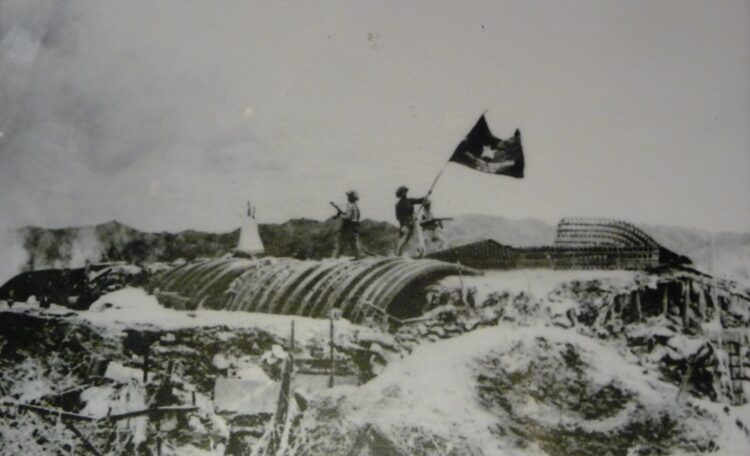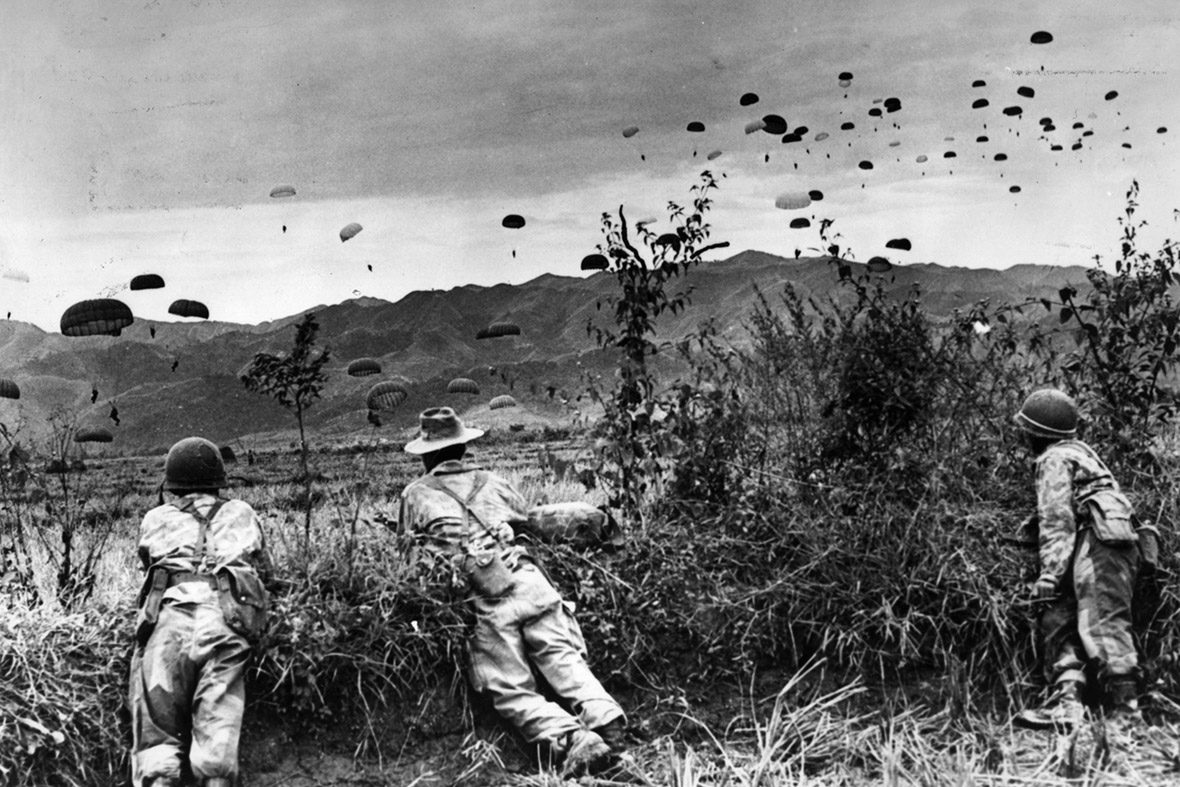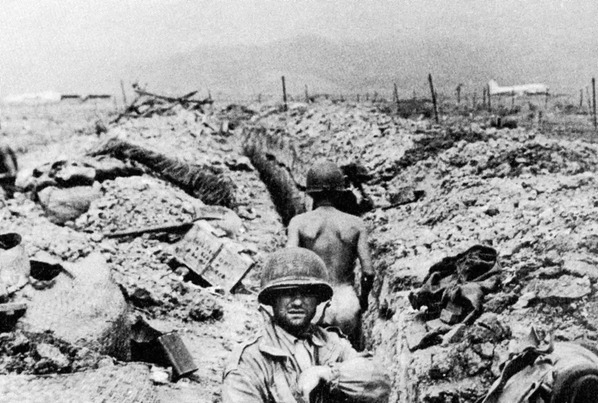The Battle of Dien Bien Phu commenced in mid-March and concluded in early May of 1954. Ultimately, out of the 16,000 French troops who found themselves besieged at Dien Bien Phu, fewer than 100 managed to break through the encirclement. The remainder suffered casualties, were taken as prisoners of war, or lost their lives. The defeat inflicted a devastating and comprehensive rout upon the French forces, marking a significant turning point in the conflict.
This fierce conflict unfolded between the colonial Far East Expeditionary Corps of the French Union and the communist revolutionaries of the Viet Minh. While the United States officially refrained from direct involvement in the war, it discreetly provided financial and material support to the French Union, with CIA-contracted American personnel clandestinely participating in the battle. Simultaneously, the People’s Republic of China and the Soviet Union played a crucial role in bolstering the Viet Minh by supplying them with essential artillery and ammunition.
The French embarked on a mission to insert and reinforce their troops at Điện Biên Phủ, situated deep within the autonomous Tai Federation, nestled in the hills to the northwest of Tonkin. The primary objective of this operation was to sever the Viet Minh’s supply lines into the neighboring Kingdom of Laos, a French ally, while enticing the Viet Minh into a decisive confrontation to weaken their forces. The French strategy hinged on the belief that the Viet Minh lacked effective anti-aircraft capabilities, with plans to sustain the French position via aerial resupply.

Contrary to expectations, the Viet Minh, under the leadership of General Võ Nguyên Giáp, surrounded and laid siege to the French forces. They managed to transport substantial quantities of heavy artillery, including anti-aircraft guns, across challenging terrain, with individual men and women laboring to haul these bulky weapons up the steep mountainsides. Additionally, they constructed tunnels through the mountains to position their guns to target the French stronghold.
According to military scholar Phillip Davidson,
On arrival, Navarre was shocked by what he found. There had been no long-range plan since de Lattre’s departure. Everything was conducted on a day-to-day, reactive basis. Combat operations were undertaken only in response to enemy moves or threats. There was no comprehensive plan to develop the organization and build up the equipment of the Expeditionary force. Finally, Navarre, the intellectual, the cold and professional soldier, was shocked by the “school’s out” attitude of Salan and his senior commanders and staff officers. They were going home, not as victors or heroes, but then, not as clear losers either. To them the important thing was that they were getting out of Indochina with their reputations frayed, but intact. They spared little thought or concern for the problems of their successors.
In March, the Viet Minh initiated a relentless artillery bombardment of the French defenses. The strategic placement of their artillery rendered it highly resistant to French counter-battery fire. This triggered determined ground combat reminiscent of the trench warfare seen during World War I. Despite withstanding Viet Minh assaults on their positions at times, the French found their perimeter shrinking as supplies and reinforcements dwindled due to the increasingly impassable airstrip. Viet Minh anti-aircraft fire disrupted air resupply efforts, rendering them futile.
Ultimately, in May, after enduring a two-month siege, the garrison succumbed to the Viet Minh onslaught, leading to the surrender of most French forces. A handful of individuals managed to escape into Laos. Out of the 11,000 French troops taken captive, only 3,300 survived their period of imprisonment. In the aftermath, the French government in Paris resigned, and the new Prime Minister, Pierre Mendès France, who held left-of-center views, advocated for a French withdrawal from Indochina.
Battle of Dien Bien Phu
- Conflict: First Indochina War (1946-1954)
- Dates: March 13-May 7, 1954
- Armies and Commanders:
- French
- Brigadier General Christian de Castries
- Colonel Pierre Langlais
- Major General Rene Cogny
- 10,800 men (March 13)
- Viet Minh
- Vo Nguyen Giap
- 48,000 men (March 13)
- Casualties:
- French: 2,293 killed, 5,195 wounded, and 10,998 captured
- Viet Minh: approx. 23,000
The Battle of Điện Biên Phủ proved to be decisive, bringing about the conclusion of the war and the signing of the 1954 Geneva Accords. Under the terms of this agreement, France committed to withdrawing its forces from all its colonies in French Indochina. Additionally, the agreement stipulated a temporary division of Vietnam at the 17th parallel. Northern Vietnam was granted to the Viet Minh as the Democratic Republic of Vietnam under Ho Chi Minh, while the southern region became the State of Vietnam, nominally under Emperor Bảo Đại. This arrangement aimed to prevent Ho Chi Minh from establishing control over the entire country.
*The views and opinions expressed on this website are solely those of the original authors and contributors. These views and opinions do not necessarily represent those of Spotter Up Magazine, the administrative staff, and/or any/all contributors to this site.


